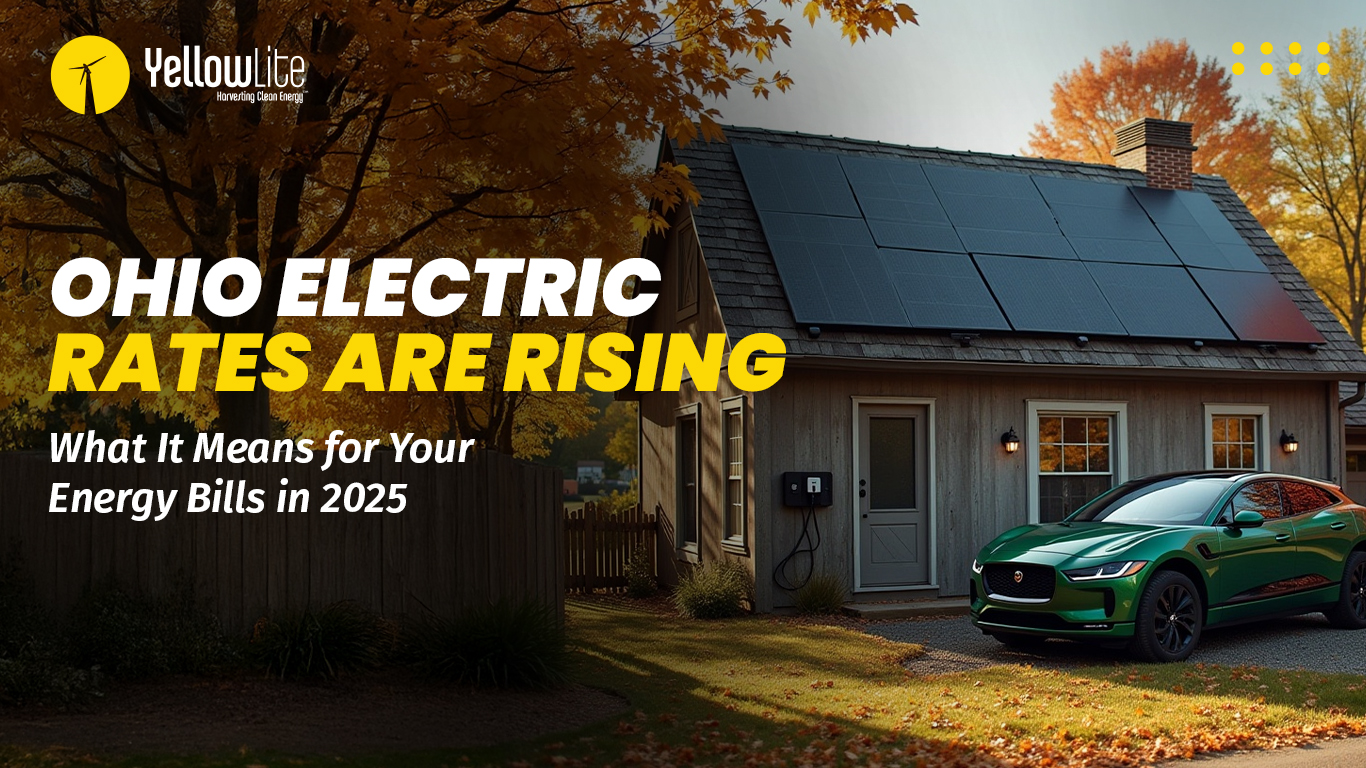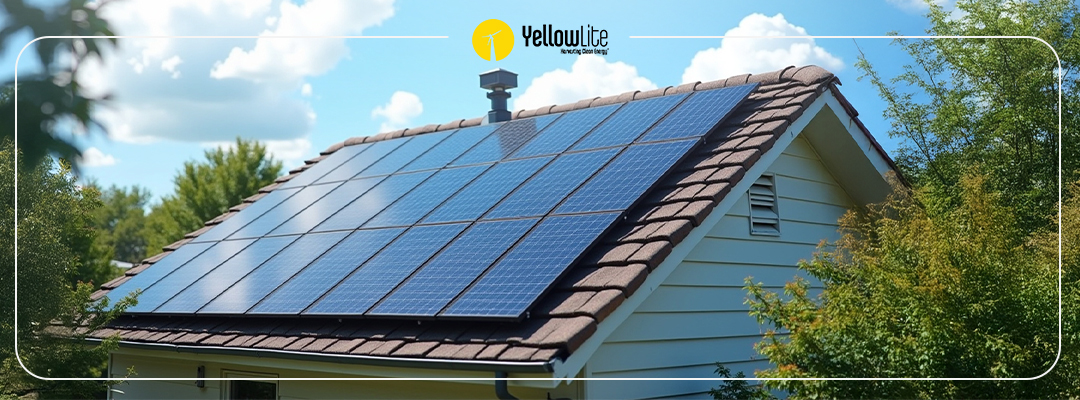By Mattie DeDoes
The Ecocapsule, developed by the Slovakian company Nice Architects, presents an exciting and creative solution to global housing and fossil fuel consumption issues. The unit - which resembles some sort of futuristic cross between an egg and a spaceship - provides many amenities of a modern apartment, and is completely powered by renewable energy. The on-board solar panels and wind turbine require no connection to an electrical power grid, which allows the Ecocapsule’s resident to live just about anywhere.
In contrast to a common, antiquated view of off-grid living, the Ecocapsule’s occupant does not need to chop down a tree for heat, nor roast a slain wild animal over a bonfire for sustenance. On the contrary, this new home represents the cutting edge of energy technology and building design. While the owner has the freedom to set up house in a remote wilderness location, the Ecocapsule also offers “high society” benefits such as filtered running water and a warm bed.
Nice Architects plan to announce the price of the Ecocapsule by the end of 2015, with the product set to be released early in 2016. However, the company has reportedly received many pre-orders from customers excited about the opportunity to live a modern, yet sustainable lifestyle anywhere they choose.
Features
- Size - About 14.6 ft × 8.4 ft × 7.4 ft (L×W×H); slightly larger than a common SUV, it can comfortably fit one person (excluding NBA players).
- Facilities - Kitchenette with stove; running water in toilet, shower and sink; two openable windows and a foldable bed; and internal and external storage space.
- Power - 750 W wind turbine attached to retractable rooftop pole and 600 W of solar cells covering 2.6 m2 on roof simultaneously charge the on-board 9.7 kWh battery.Water - Spherical shape optimizes rainwater and dew collection at base of unit; filtration system provides clean water.
- Water - Spherical shape optimizes rainwater and dew collection at base of unit; filtration system provides clean water.
- Portability - At just over 3,300 lbs, it can be “shipped, airlifted, towed, or even pulled by pack animal” according to Nice’s Ecocapsule website.
With its multi-faceted energy generation capabilities (both solar and wind), the Ecocapsule is capable of supporting its occupant in a wide range of climates. Because of this, Nice partners have speculated on the Ecocapsule’s ability to serve a variety of purposes, from housing overcrowded city dwellers to accommodating nature enthusiasts, and even presenting hotels with a unique additional living space to offer their customers. Nice has also hinted that future incarnations of the Ecocapsule may be equipped with on-board weather prediction software, as well as a chassis attachment to ease transportation.
Other Modern Off-Grid Housing
While the Ecocapsule employs certain novel design techniques, the trend of small, off-grid housing has been gathering momentum for some time. Here are a few more notable renewably-powered living spaces:
Exbury Egg
From July 15, 2013 to July 14, 2014, artist Stephen Turner lived in a wooden, egg-shaped structure floating in the River Beaulieu in southern England. The Exbury Egg was heated and powered entirely by solar energy, generating enough electricity to support daily use and recharging of a laptop, phone, and camera. During his year in the Egg, Turner studied and wrote about the relationships between humans and the natural cycles of the surrounding ecosystem.
House Arc
The House Arc was designed for use by relief organizations as replacement housing after natural disasters. Along with these houses’ ability to operate off the grid, their lightweight design allows them to be easily transported and assembled on site. These features are ideal for disaster relief, because former residents can return to their hometown without having to wait for damaged infrastructure systems to be rebuilt. While only 150 square feet, the House Arc projects have been equipped with enough solar panels to power the entire house, as well as a natural air filtration system.
Stamp House
Completed in 2013, the Stamp House is a self-sustaining home able to withstand a Category 5 cyclone located in the northern part of Queensland, Australia. In contrast to the previous projects mentioned, the Stamp House is not small. The home - which is powered by a large rooftop PV array/battery storage system - includes seven bedrooms protruding outward from a central open space, complete with a kitchen/dining area, an open gym, and an indoor pool.
These off-the-grid homes represent the possibilities of fossil fuel independence that solar and other forms of renewable energy continue to present our society. While the majority of the dwellings bear more resemblance to Star Trek escape pods than Bruce Wayne’s mansion, they are proof that a healthy, civilized lifestyle can be supported through creative design techniques in combination with a responsible use of solar power.
Interested in learning more about YellowLite’s renewable energy solutions? Reach out to us today to learn more.



